
 TECH
TECH
 Photography BY The Author
Photography BY The Authorn some sense, owning a classic truck is one of the best options for a project vehicle. They offer timeless style, the utility of a bed for weekend trips to the hardware store, and room underhood for a stout, all-American V-8. What they don’t typically offer, though, are handling characteristics that inspire confidence when driving alongside modern traffic. Our ’64 shortbed C10 is no different. We plan to build it into a fun weekend run-about but not before bringing its suspension, steering, and stopping capabilities up to contemporary standards.
Luckily for us, the guys at Scott’s Hotrods ’N Customs have the perfect solution in the form of their bolt-on IFS system. The kit is designed for ’63-87 Chevy and GMC trucks and can be configured in a variety of ways. The basic kit comes with a bolt-on crossmember, control arms, 11-inch brakes, coilovers or airbags, and a manual steering rack—everything needed to transform the frontend of your truck. But, knowing not every build has the same goals or budget, Scott’s Hotrods also offers a whole host of other options. There is too much to list here, but some upgrades include bigger brakes, powdercoating, sway bars, and various coilovers. You can check out the full option list, as well as their other chassis and suspension offerings at scottshotrods.com.
So, what about our setup? Did we go bare bones or tick every box possible? Turns out, the sweet spot for us was somewhere in the middle. We passed on powdercoating since we had yet to decide on color and we also opted for the standard single-adjustable Aldan American coilover option, trusting it would give us just the right amount of ride quality and adjustability we needed. We did upgrade to a power steering rack to make around-town cruising more enjoyable and LS motor mounts to support the truck’s future motivation. Adding a sway bar was also a must, and we decided on the beefier of the two sway bar options. Finally, we decided a stouter brake package would be ideal, so we went for the upgraded Wilwood six-piston caliper with drilled, slotted, and vented 14-inch rotors (but we’ll get to that part of the install in Part 2 of this saga).
Check back next month for Part 2 when we’ll cover the Wilwood brake portion of the Scott’s Hotrods IFS install.
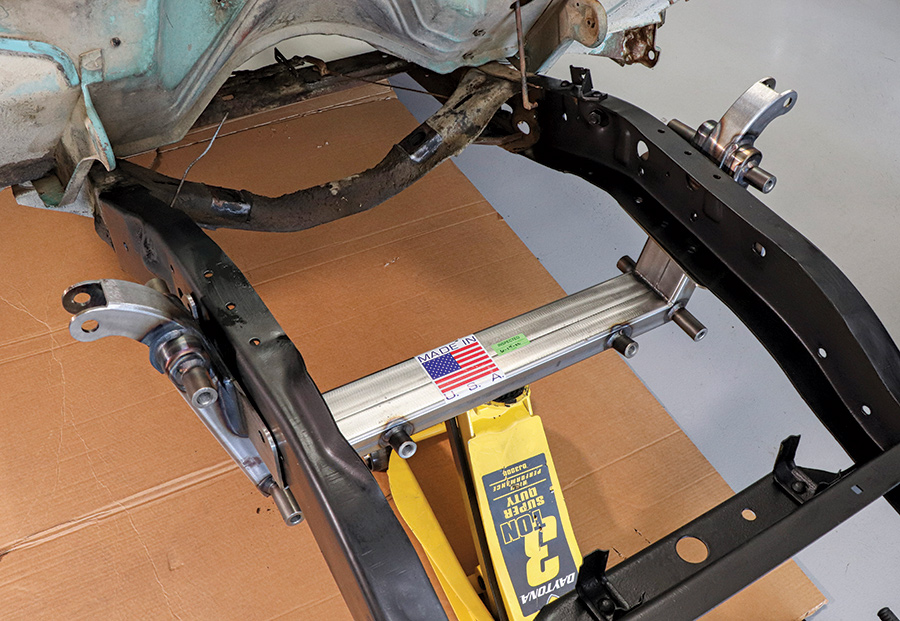
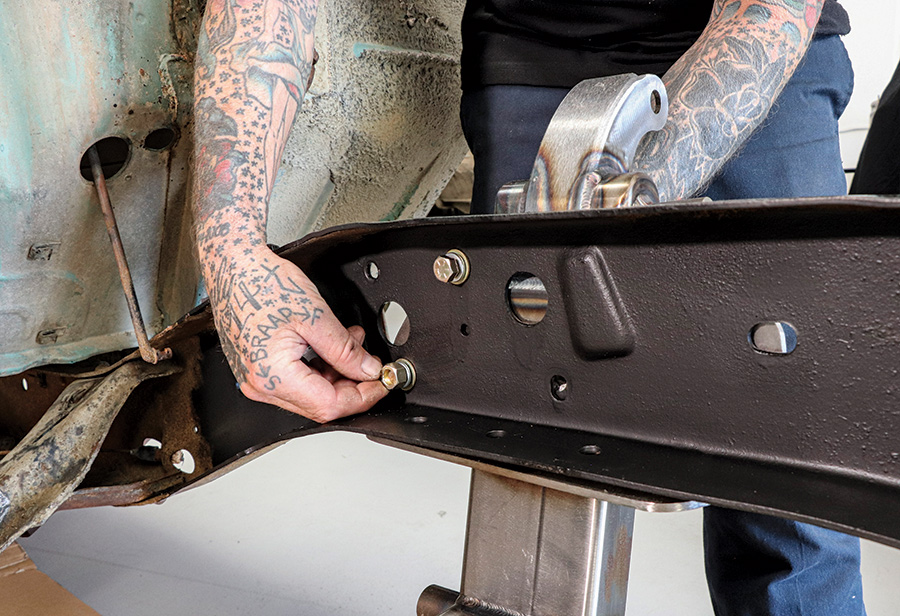
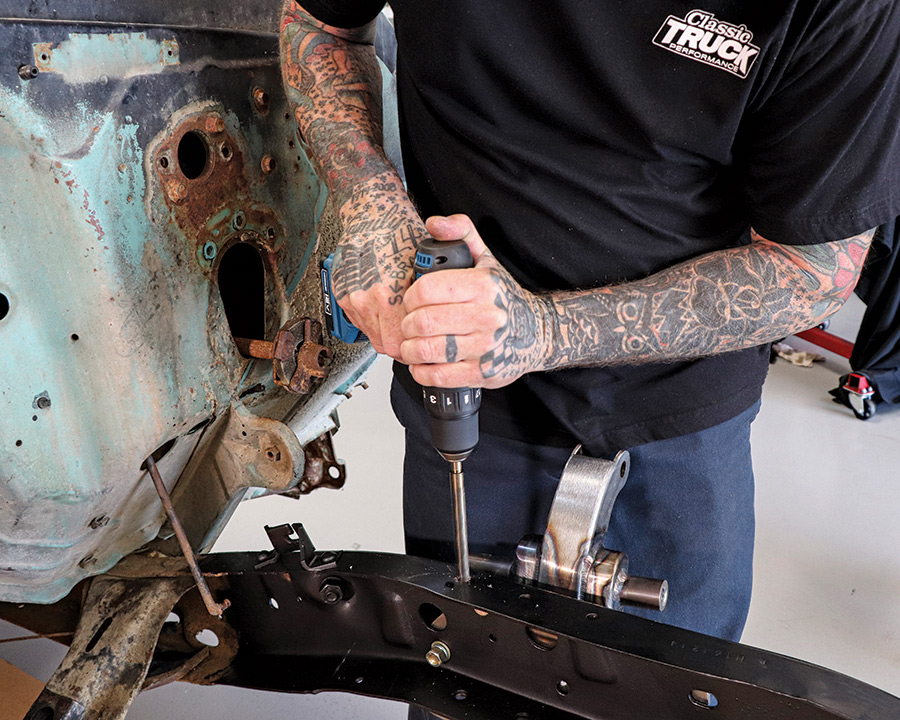



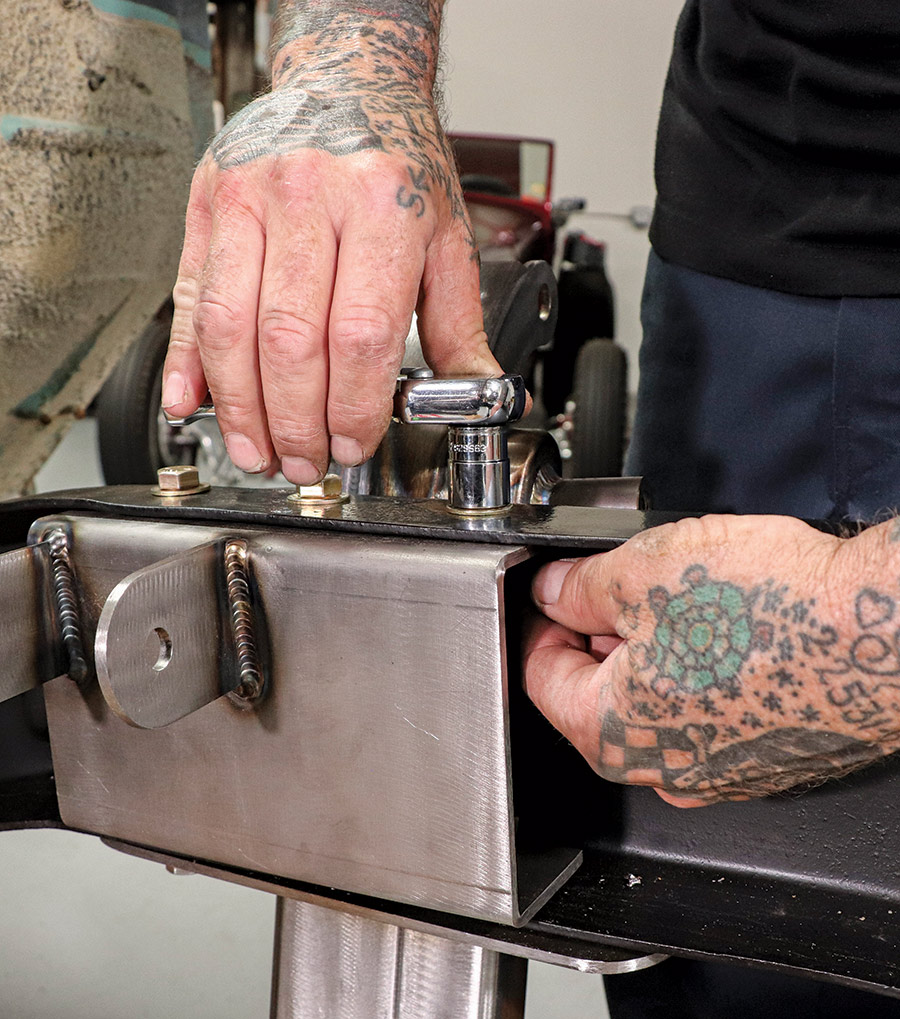

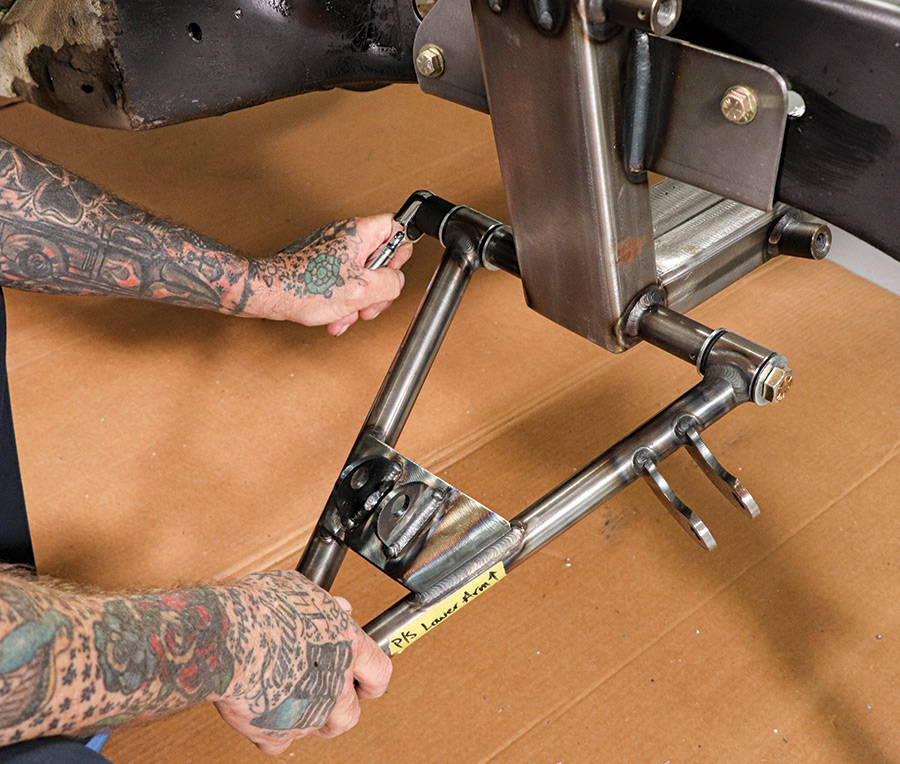
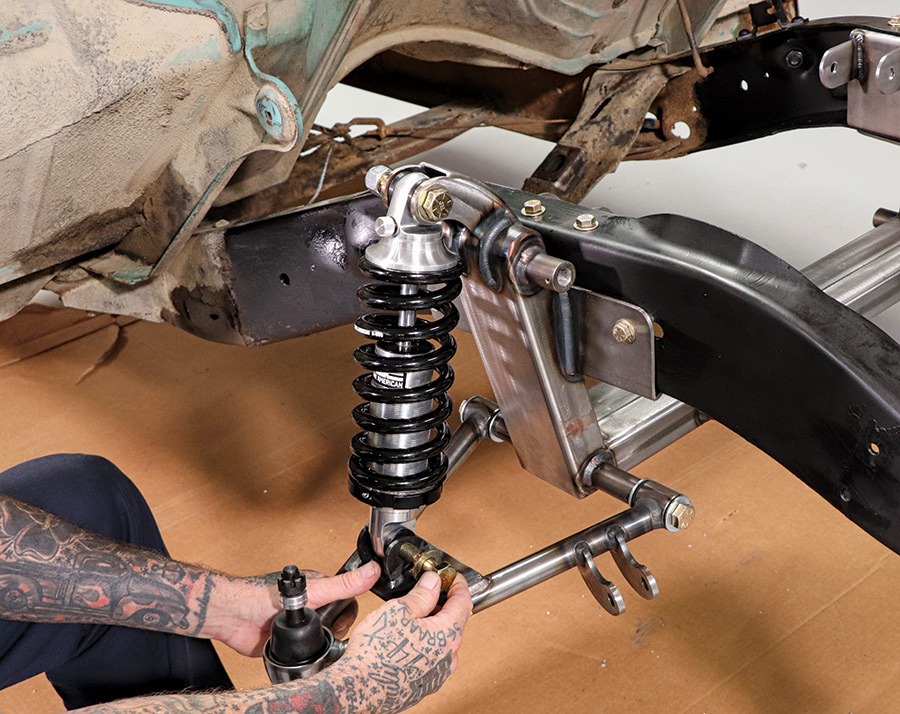
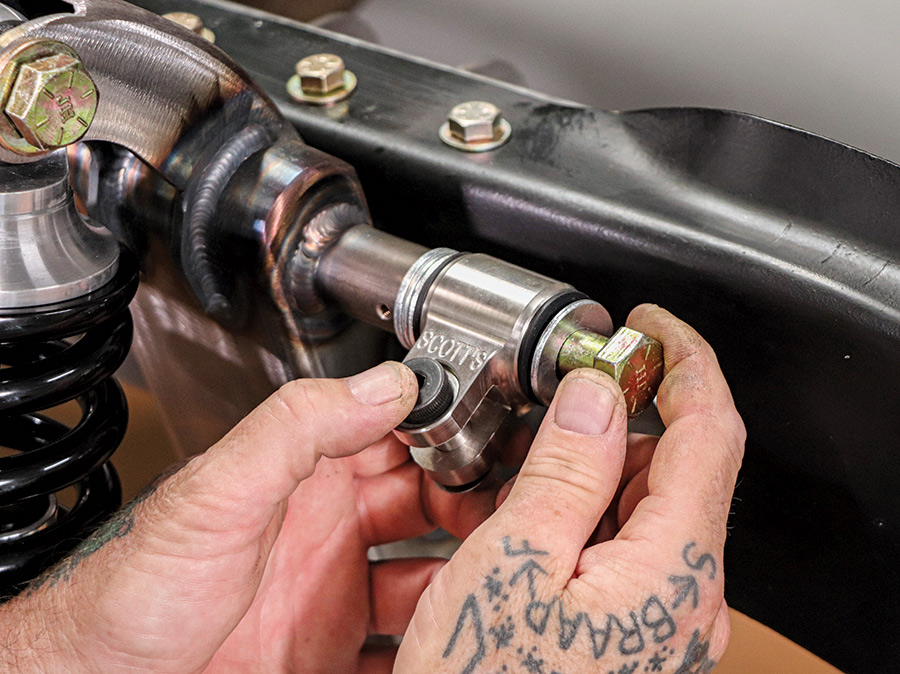
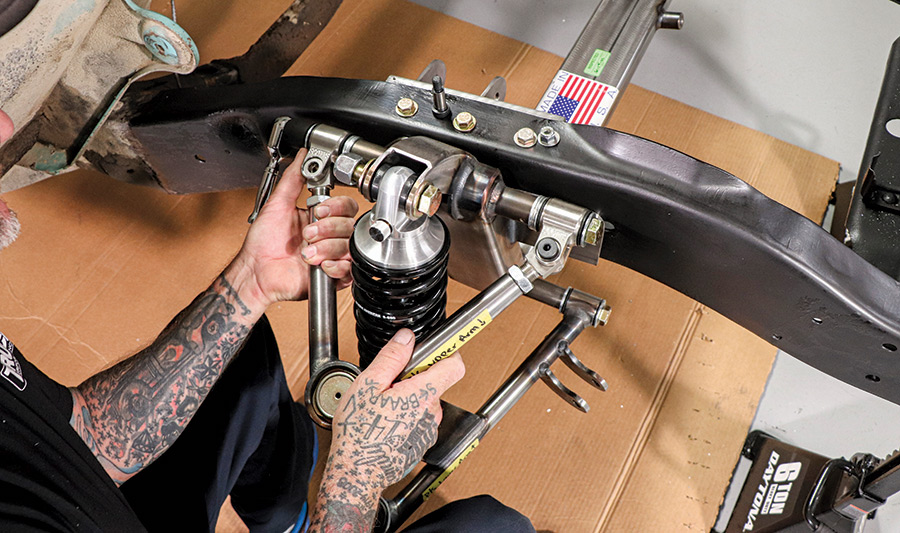
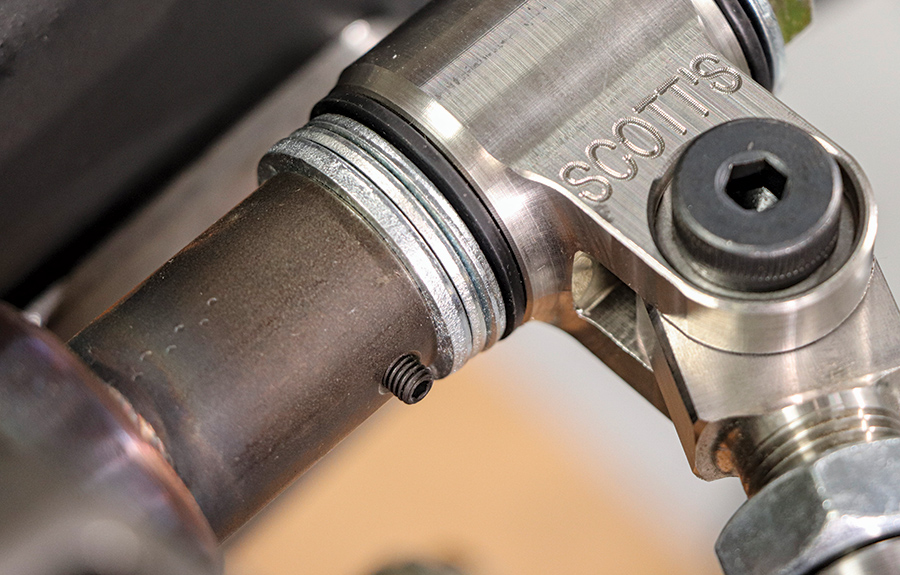
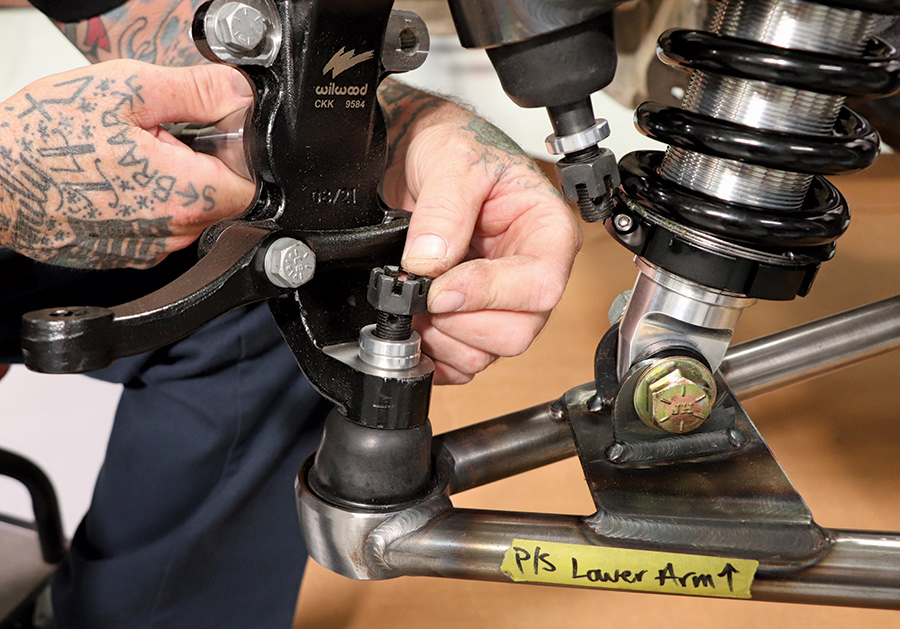
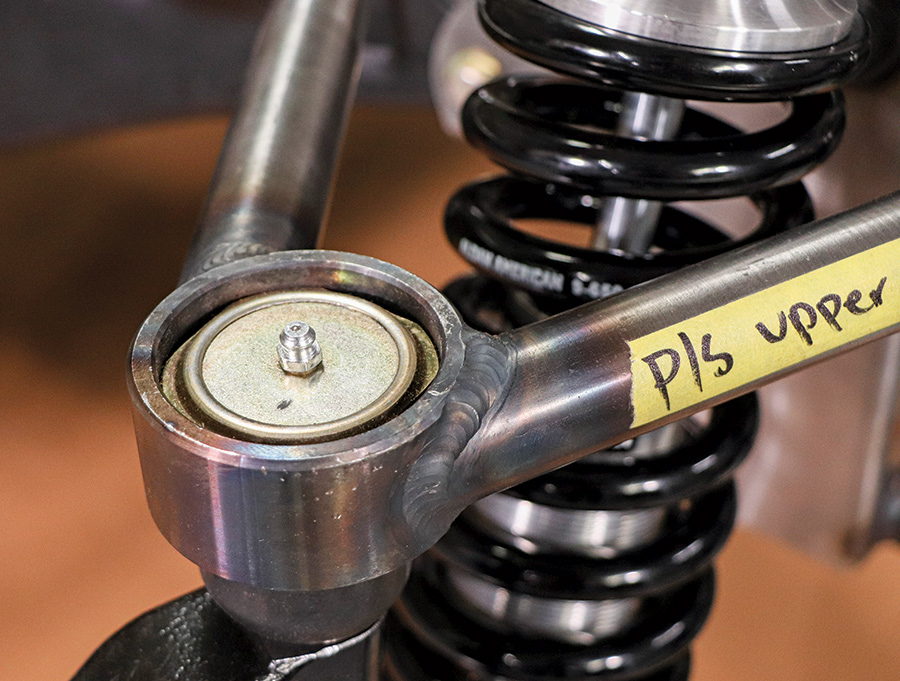
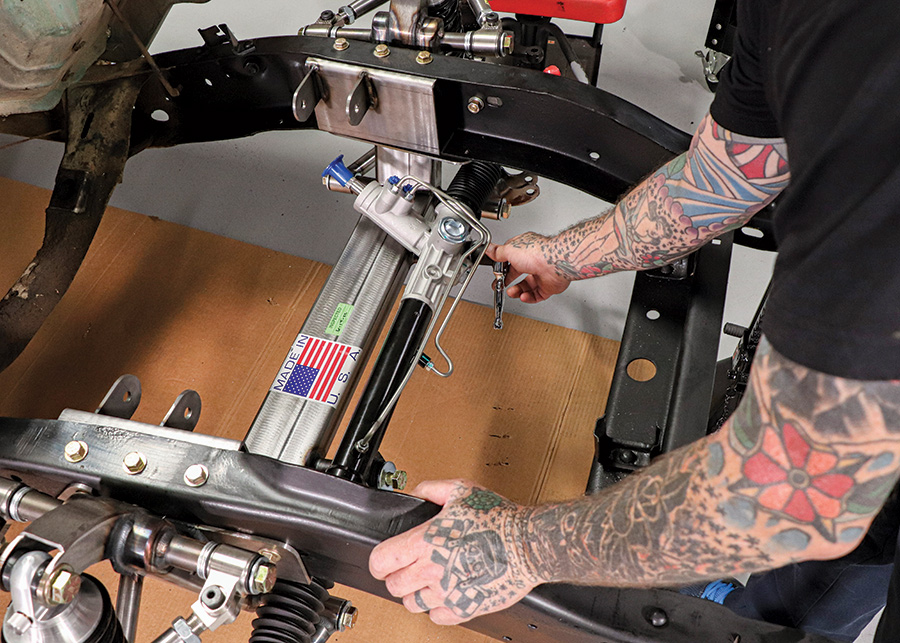
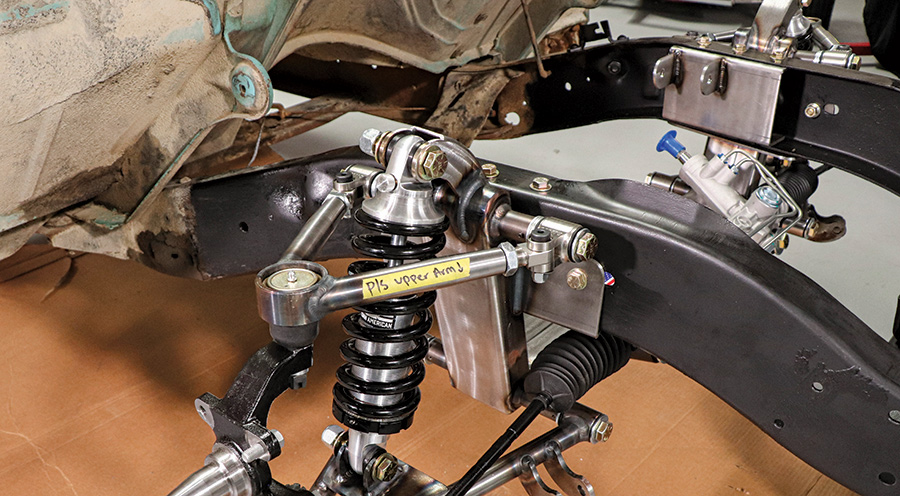
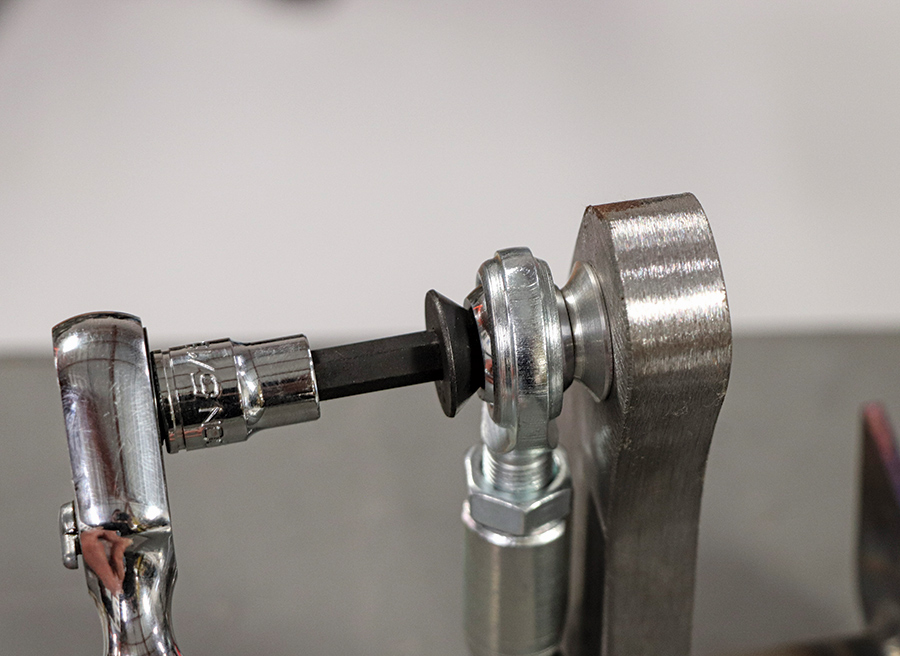
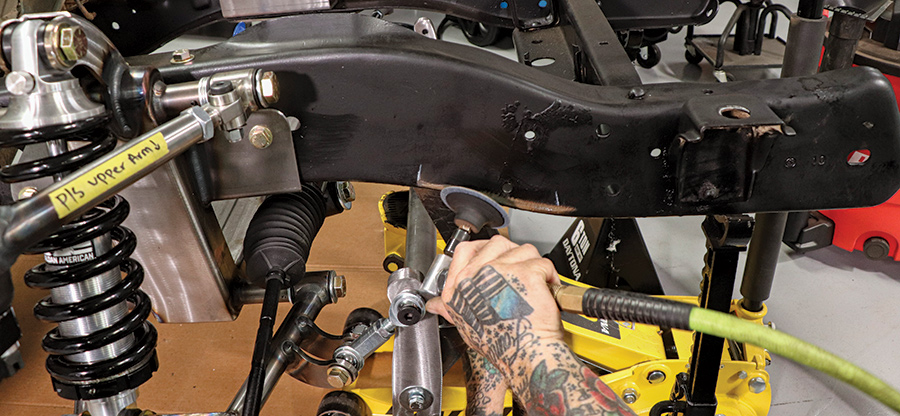

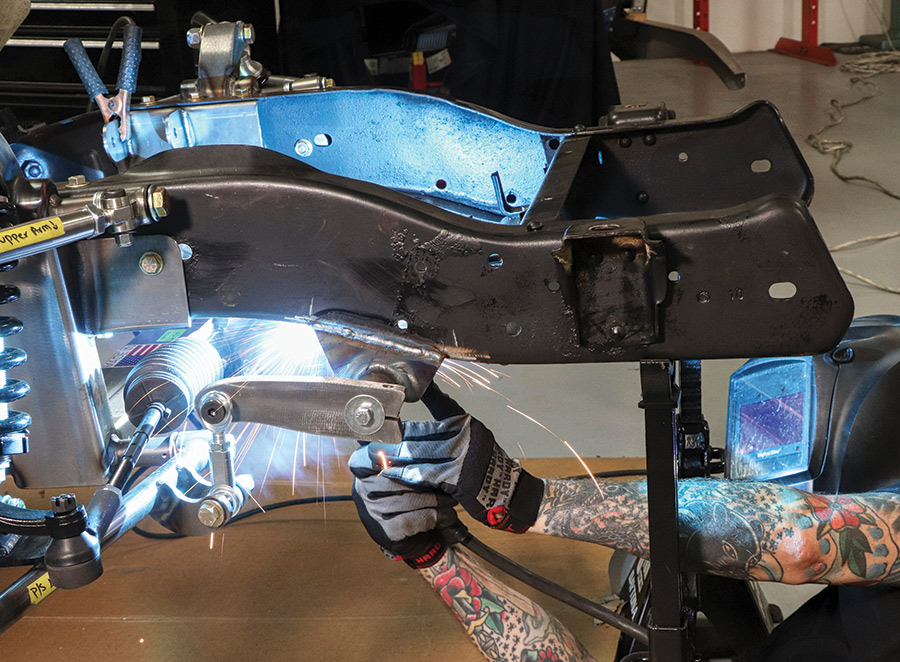
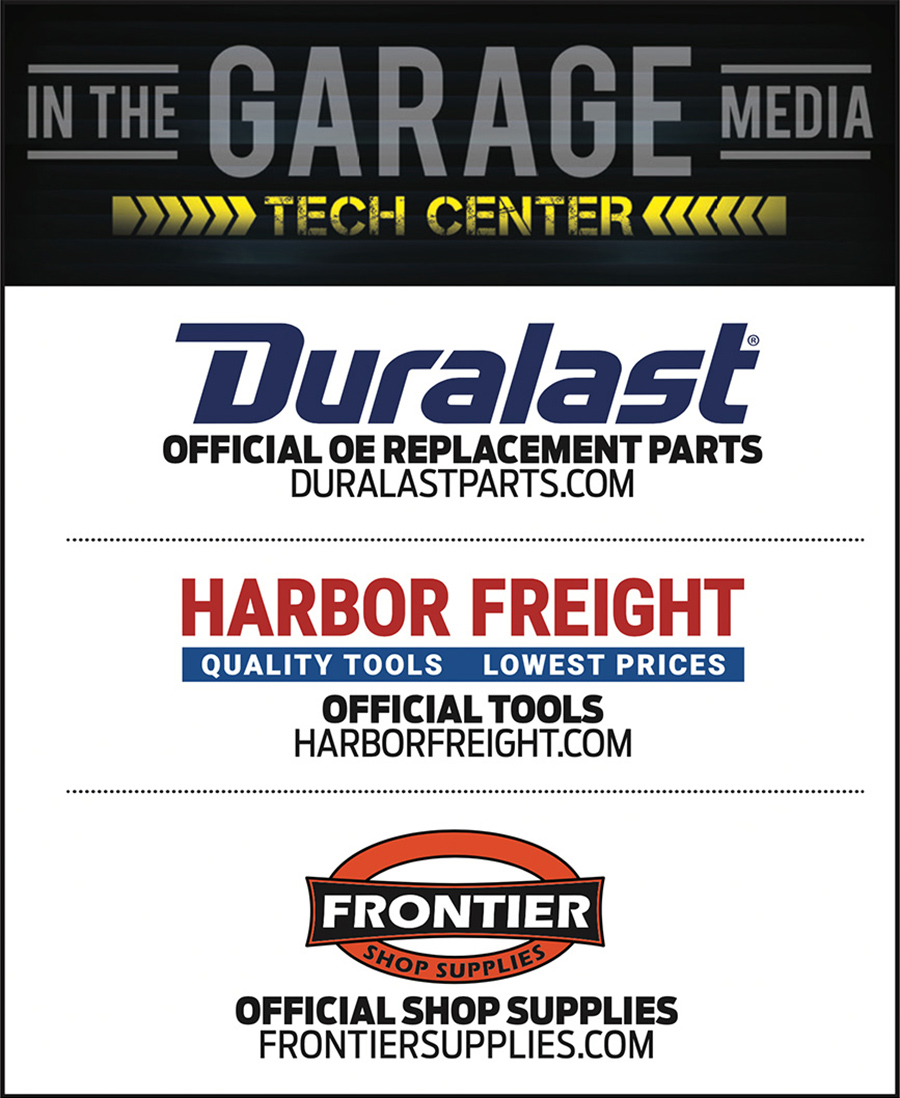
 SOURCES
SOURCES